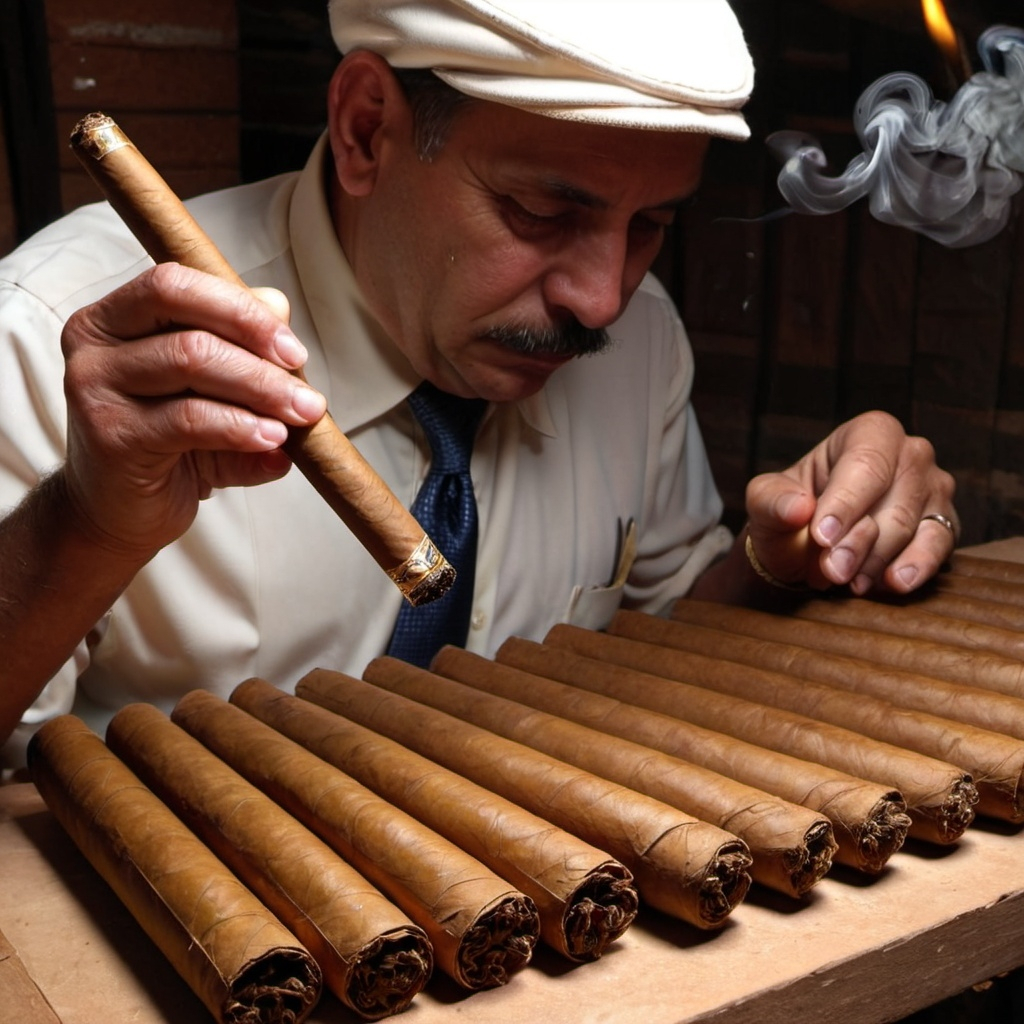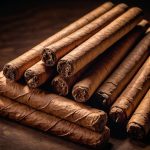How Cigars Are Made: A Detailed Look into the Art of Cigar Making
Cigar making is a complex, detailed process that combines agricultural, artisanal, and scientific expertise to produce a variety of flavors, aromas, and smoking experiences. Here’s a step-by-step guide to how cigars are crafted, from seed to smoke.
1. Tobacco Planting and Harvesting
The journey of a cigar begins with planting tobacco seeds in large, well-prepared fields. These seeds are tiny, and it takes about 40 to 50 days for seedlings to emerge and be ready for transplanting into the fields. Tobacco plants require careful management, including proper sunlight, water, and pest protection.
2. Curing the Tobacco
After harvesting, the leaves undergo a curing process to reduce their chlorophyll content and enhance their natural flavors. Workers hang the leaves in curing barns where they control the temperature and humidity to achieve the desired leaf color and chemical composition.
3. Fermentation
Following curing, workers ferment the tobacco leaves. This critical process involves stacking the leaves in bulks or piles, allowing them to heat up. This natural decomposition process enhances the flavor, aroma, and smoothness of the tobacco. The fermentation period varies depending on the type of tobacco and the desired end product.
4. Sorting and Aging
After fermentation, workers sort the leaves based on their size, color, and texture. Each type of leaf serves a different purpose in the final cigar: wrapper, binder, or filler. Following sorting, the leaves are aged, sometimes for several years, to further mellow their flavors.
5. Rolling
Cigar rolling, or ‘torcedores,’ is highly skilled labor. The process starts with the binder, a tough tobacco leaf that holds the filler leaves together. Fillers, often a blend of different leaves, are added next. This combination determines the cigar’s strength and flavor profile. Finally, the wrapper, the highest quality leaf, is applied around the binder and filler. This leaf is crucial as it impacts the cigar’s draw and aesthetics.
6. Quality Control and Storage
Once rolled, inspectors ensure the cigars have the correct weight, length, and firmness. They are then stored in a controlled environment to allow the flavors to meld, a process that varies in duration depending on the cigar type.
7. Packaging
Before distribution, cigars often age further in their final packaging, which could be boxes, bundles, or tubes. This step is crucial as it allows the cigar to develop a more rounded and complex flavor profile.
Cigar making is an intricate process requiring a deep understanding of tobacco cultivation, processing, and rolling. Each step is crucial and requires careful attention to detail to ensure the final product meets the desired quality and flavor standards. Whether enjoyed occasionally or regularly, each cigar offers a unique experience, a testament to the art and science of its making.


